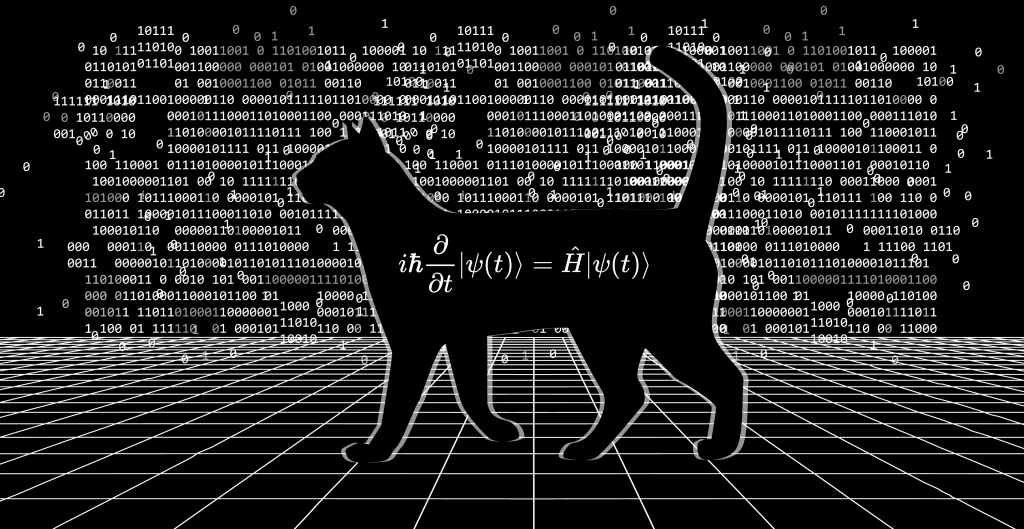
“The equation of conventional nonrelativistic quantum mechanics […] describes the everyday world of human beings—air, water, rocks, fire, people, and so forth.”
Robert B. Laughlin and David Pines,
The Theory of Everything, PNAS 97, 28 (2000)
Quantum mechanics is the foundation of all natural phenomena.
All common manifestations of nature – such as a falling body or a vibrating guitar string – are “classical”: they can be well explained within the limited understanding of the laws of physics that we had prior to the birth of quantum mechanics.
The beauty in the laws of quantum mechanics though, is that they predict infinitely more “non-classical” phenomena, that do not commonly occur in our everyday life. Physicists have studied non-classical phenomena for the best part of the 20th century.
Theoretical physicist Richard P. Feynman was among the first to point out that non-classical phenomena predicted by quantum mechanics could bring dramatic advantage in many areas of technology. Today we know that quantum physics can be leveraged to enable infinitely faster calculations, more secure communications, and more precise measurements, than with any classical technology. Over the last three decades, physicists joined forces with computer scientists and engineers, and set about building applications of non-classical phenomena. This is the primary goal of Quantum Science and Engineering.
The QSE Center works together with the leading scientists in computer science, physics, and engineering, the most talented students, and the main industries, to build cutting-edge quantum technologies and shape the quantum world.